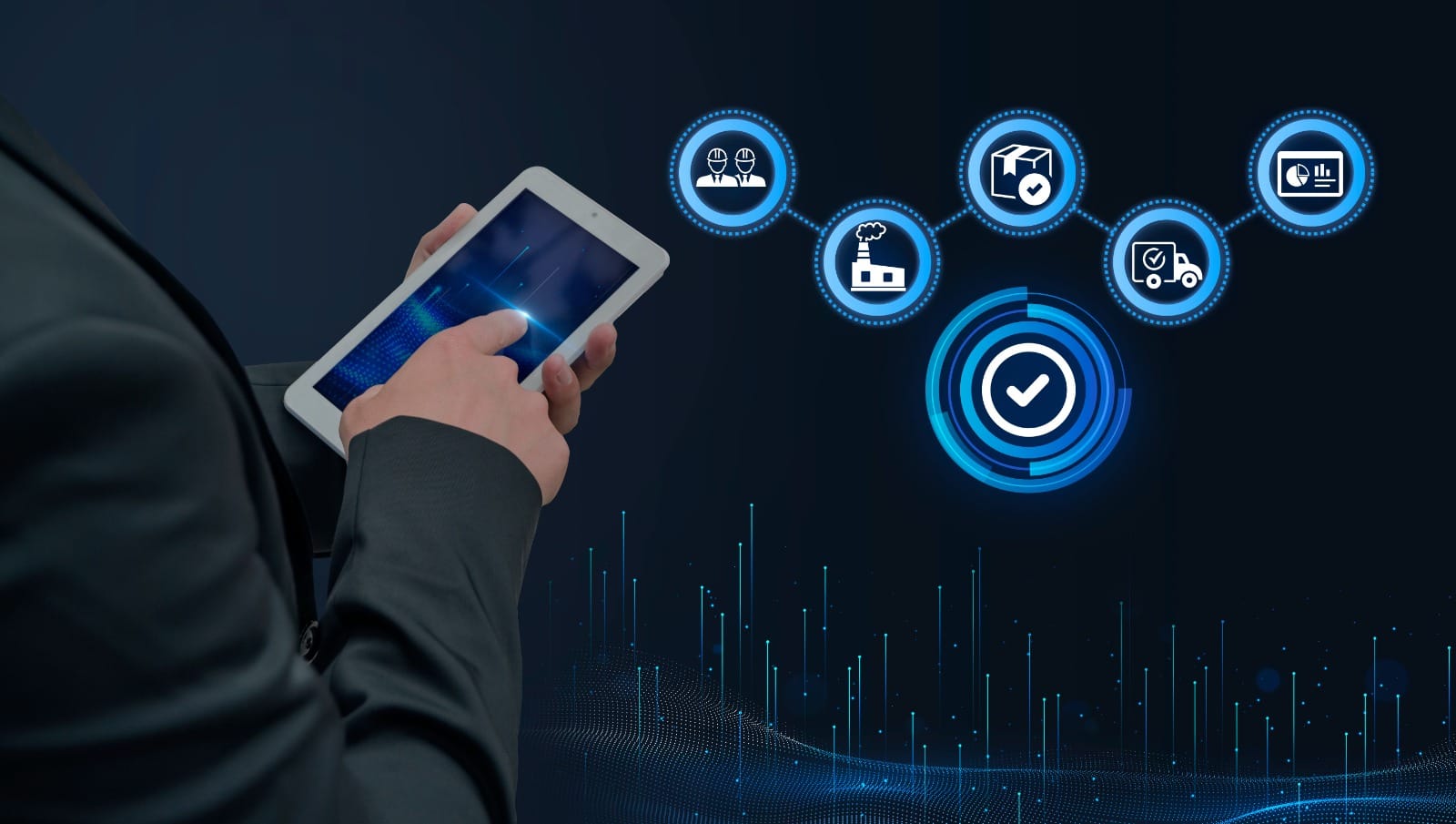A Validation Lifecycle Management System (VLMS) is an advanced framework or software platform designed to manage the entire lifecycle of your pharma or life sciences validation or qualification processes. It is particularly important for validating biotech products, medical devices, and other regulated industries. A VLMS ensures that your critical systems—including equipment and processes—are compliant with industry standards and regulations.
Let’s break down what a VLMS is and why your life sciences company should implement one.
What is a Validation Lifecycle Management System (VLMS)?
A VLMS provides a structured framework for managing the planning, execution, monitoring, and maintenance of all validation processes across your organization.
It offers a standardized system to ensure your systems, equipment, and manufacturing processes comply with regulations like the FDA’s 21 CFR Part 11, EU Annex 11, GAMP 5, and other GxP guidelines.
Typical VLMS Workflow
| Stage | Description | Departments Involved | Typical Duration | Objective / Expected Outcome |
| Planning and Requirement Gathering | Capture validation requirements, define scope, identify risks, and set objectives based on regulatory standards. | Quality Assurance (QA), Regulatory Affairs, IT, Engineering | 2-4 weeks | Clear definition of scope, regulatory alignment, and risk identification for validation. |
| Document Management | Manage essential validation documents such as URS, design specifications, test plans, protocols (IQ, OQ, PQ), and reports. | QA, Regulatory Affairs, Project Management | Ongoing throughout lifecycle | Organized and traceable documentation that meets compliance standards (GxP, FDA, ISO). |
| Test Automation and Protocol Execution | Automate protocol execution and collect results to reduce errors and ensure consistent data. | QA, IT, Engineering, Test Teams | 1-2 weeks per system validation | Accurate and efficient execution of protocols (IQ, OQ, PQ), ensuring data integrity. |
| Risk Management and Quality Oversight | Track potential risks in every phase of validation, implement mitigation strategies, and ensure compliance with standards. | QA, Regulatory Affairs, Risk Management | Ongoing throughout lifecycle | Continuous identification and mitigation of risks to maintain compliance and operational quality. |
| Change Control and Continuous Monitoring | Monitor changes, ensure re-validation when needed, and maintain continuous oversight. | QA, IT, Engineering, Change Control | Ongoing throughout lifecycle | Ensure system modifications trigger re-validation, maintaining the validated state. |
| Audit Trail and Compliance Reporting | Maintain a complete audit trail of actions taken during the lifecycle, providing traceability and compliance for both internal and external audits. | QA, Regulatory Affairs, Auditing | Ongoing throughout lifecycle | Full transparency and traceability for internal and external audits, ensuring compliance. |
Why Does Your Pharma/Life Sciences Company Need a VLMS?
If you work in the pharmaceutical or life sciences sector, you understand that validation is essential to ensure product safety, efficacy, and regulatory compliance. As standards become increasingly stringent, managing validation processes manually can be resource-intensive and prone to errors.

A VLMS helps streamline and optimize your entire validation process while maintaining compliance.
1. Compliance with Regulatory Standards
Life science companies operate in highly regulated environments. A VLMS ensures your systems comply with global regulatory standards such as those set by the FDA, EMA, ISO, and GAMP guidelines. It keeps you audit-ready throughout the year, reducing the risk of fines, delays, or product recalls due to non-compliance.
2. Improved Data Integrity
Data integrity is critical in pharmaceutical and life sciences regulations. A VLMS provides electronic records with built-in controls to ensure that data is complete, accurate, and tamper-proof. This is essential for compliance with regulations such as the FDA’s 21 CFR Part 11.
3. Efficiency and Time Savings
Traditional paper-based processes are slow, cumbersome, and prone to errors. A VLMS automates many aspects of validation, including:
- Protocol generation
- Approval tracking
- Documentation management
Automating these tasks results in:
- Reduced manual effort
- Fewer human errors
- Accelerated validation timelines
- Lower operational costs
4. Enhanced Risk Management
A VLMS implements robust risk management practices, helping you assess, monitor, and mitigate risks throughout the lifecycle. It allows you to focus resources on high-risk areas, reducing unnecessary rework and excessive testing.
5. Streamlined Change Control
Managing changes to systems or processes is critical for maintaining validation status. A VLMS streamlines the change control process by identifying when re-validation is required. The automation ensures no steps are missed, preventing production disruptions and helping maintain product quality.
Conclusion
Staying on top of compliance can be a full-time job, but a VLMS helps ease that burden. More than just a tool, it is an essential system for improving efficiency, quality, and compliance in your validation processes. At RxCloud, we offer extensive validation and consulting services to complement your VLMS, keeping you audit-ready throughout the year. If you’re tired of chasing paperwork and redoing validations, it’s time to let a VLMS take your compliance game to the next level!
Contact us today, and we’ll assist you with all your pharma and life sciences validation needs.
